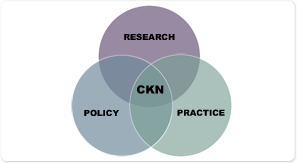Carnegie Knowledge Network Concluding Recommendations

CONCLUDING RECOMMENDATIONS
by
Dan Goldhaber
Douglas N. Harris
Susanna Loeb
Daniel F. McCaffrey
Stephen W. Raudenbush
A synthesis of the key takeaways from the Carnegie Knowledge Network and recommendations from the Carnegie Panelists.
















